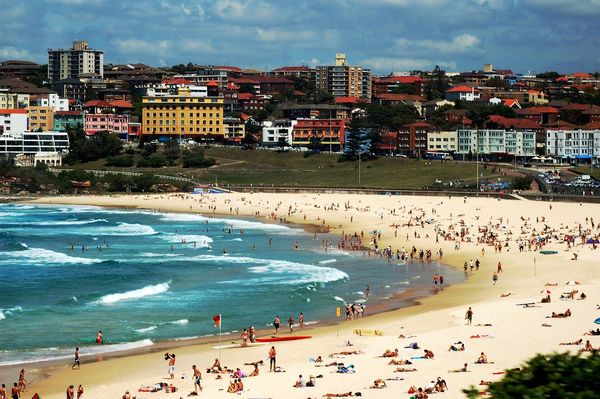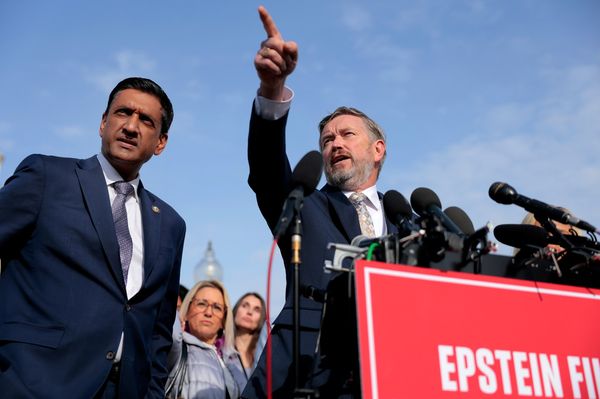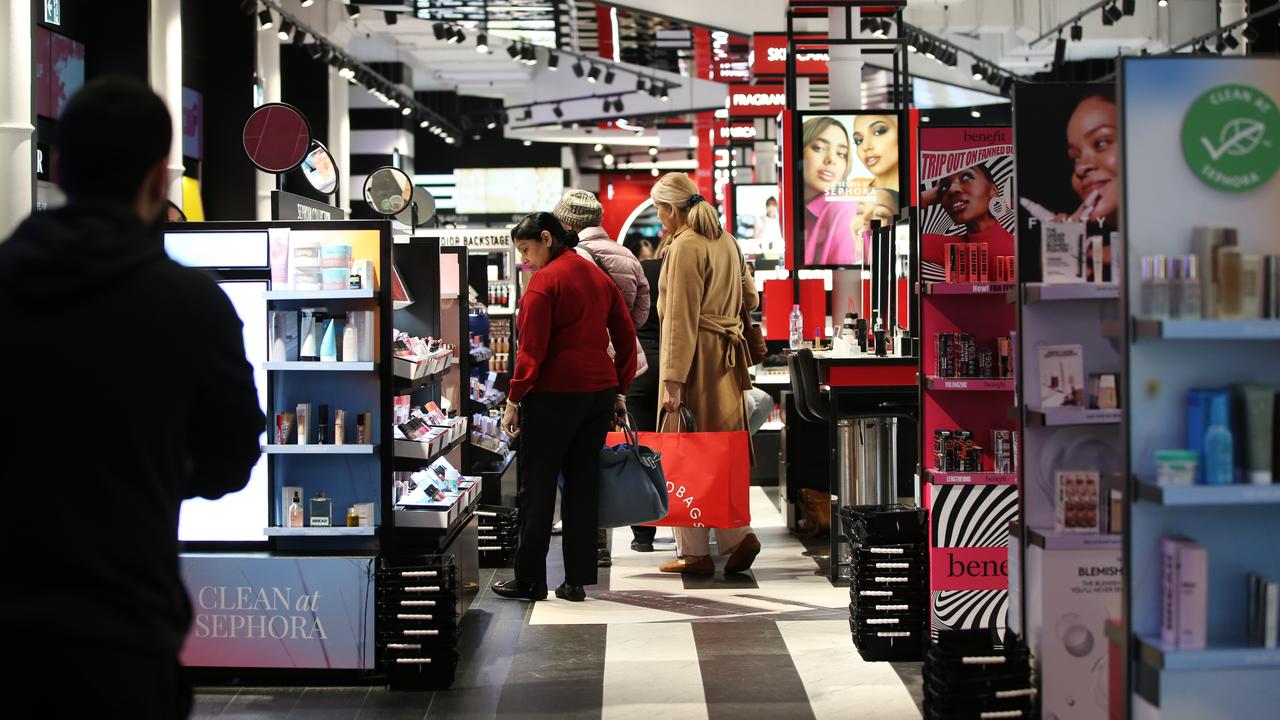
Australian spending habits will help the Reserve Bank fill in its picture of the nation's economy, with another rate cut expected at its next board meeting amid global tariff woes.
All eyes will be on the monthly spending indicator for June as it becomes the main measure of retail trade when published by the Australian Bureau of Statistics on Tuesday.
Household spending rose 0.9 per cent in May when consumers splashed out on clothes, shoes and new vehicles with borrowing easier since the RBA began cutting rates in February.
This trend is expected to have continued in June, with Commonwealth Bank economists predicting a rise of one per cent.
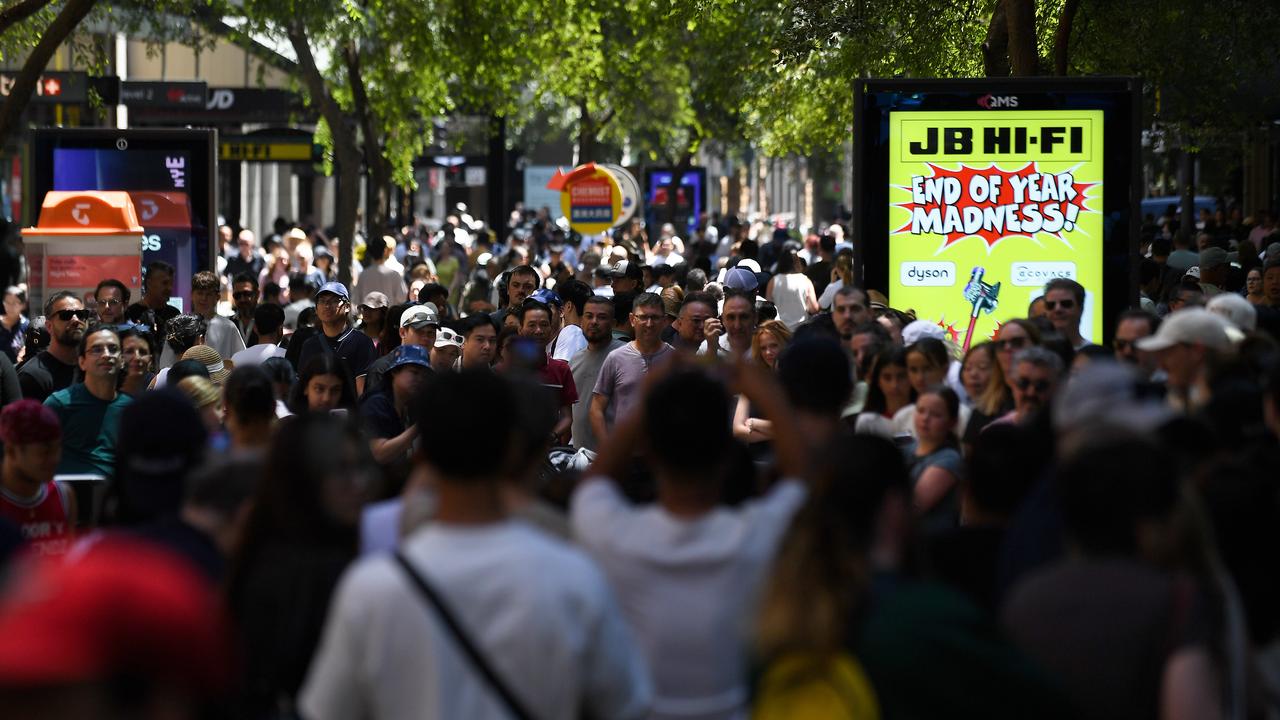
The data could seal the deal for the central bank's August interest rate decision following a rise in unemployment in June and a fall in inflation for the quarter, with the trimmed mean figure dropping from 2.9 per cent to 2.7 per cent.
RBA deputy governor Andrew Hauser on Thursday hailed the "very welcome" data, as the central bank had been searching for more evidence of inflation returning to the midpoint of its two to three per cent target band.
A host of new and increased US tariffs are expected to come into effect later in the week after nations scrambled to try lock down trade negotiations with President Donald Trump ahead of his August 1 deadline.
Australia has been spared a higher tariff and though most of its goods will continue to face a 10 per cent levy, no US trading partner has a lower rate.
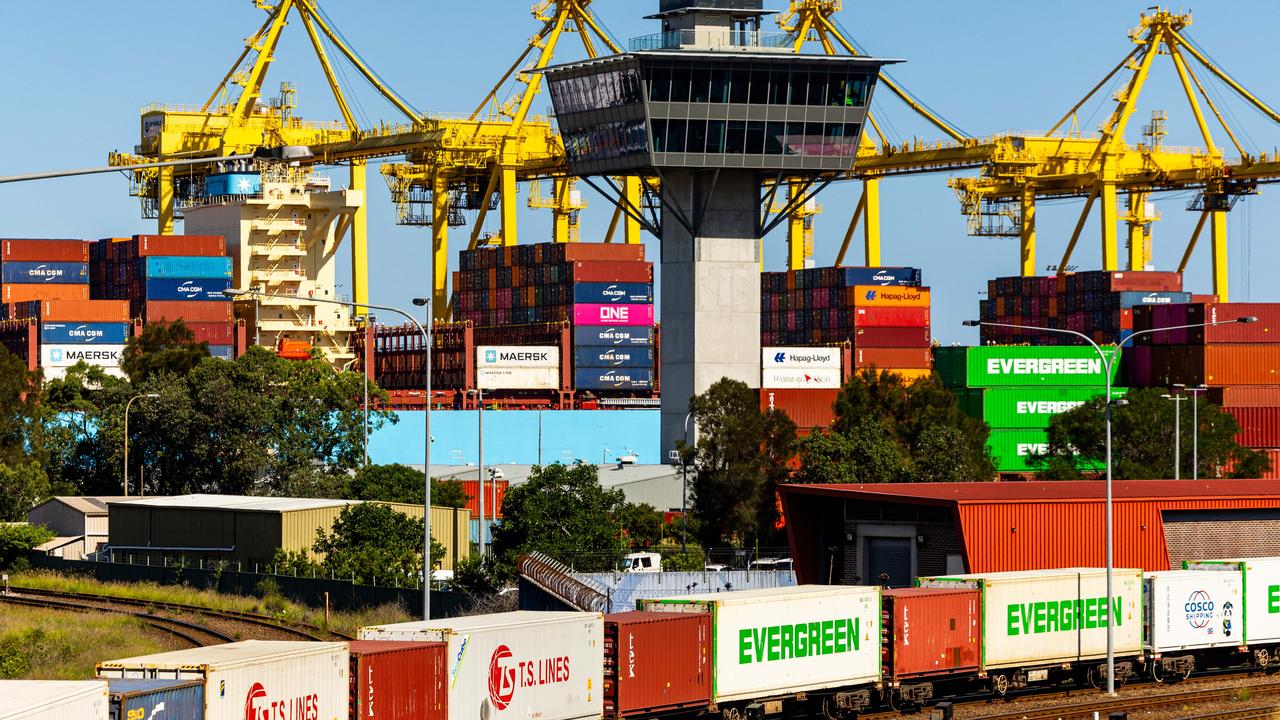
This continuation is a "relief" according to AMP chief economist Shane Oliver, who noted Mr Trump has previously foreshadowed further tariffs on pharmaceuticals - one of Australia's biggest exports to the US.
Increased tariffs on Australia's trading partners could also have indirect impacts for the domestic financial markets.
"The surge in US tariffs still poses a significant threat to the global economy, which will likely become more evident in the months ahead," Mr Oliver said.
Wall Street investors were feeling the pinch on Friday as new tariffs on dozens of trading partners and a surprisingly weak jobs report spurred selling pressure.
The S&P suffered its biggest daily percentage decline in more than two months, with an 8.3 per cent tumble in Amazon.com shares after it posted quarterly results but failed to meet lofty expectations for its cloud computing unit also weighing on equities.
Australian share futures dropped 32 points, or 0.37 per cent, to 16,231.
The benchmark S&P/ASX200 index on Friday dropped 80.8 points, or 0.92 per cent, to 8,662.0, while the broader All Ordinaries fell 81.9 points, or 0.91 per cent, to 8,917.1.
Profit reporting season also begins this week, with major companies such as News Corp, AMP and QBE Insurance set to reveal earnings results.



